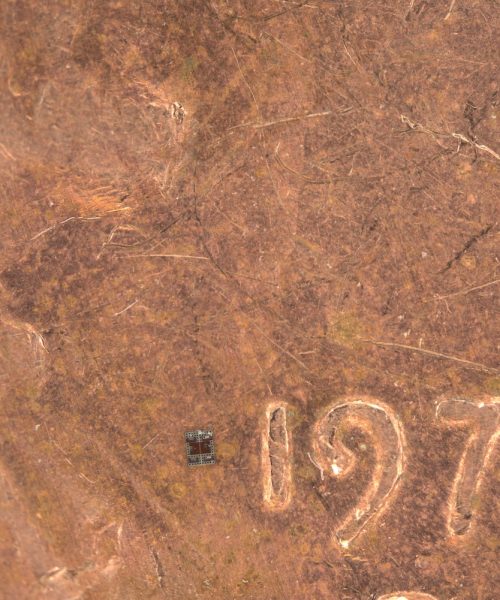Paleontologists have found a missing link in the evolution of dinosaur feathers. Along with their signature sharp teeth and gigantic bodies, some feathered dinosaurs also had scaly skin like today’s reptiles. The feathers likely developed in specific zones of the body, while other zones had reptilian scales. These findings are described in a study published May 21 in the journal Nature Communications and shed new light on the evolutionary transition from scales to feathers.
As far as skin covering goes, feathers are quite useful–not just for flight.They can help animals like peacocks attract mates. They reduce drag in penguins when they dart underwater. Herons even use them to create shade by turning into “umbrellas.” Most feathered dinosaurs were theropods and sauropods, who likely used feathers for insulation and keeping warm.
[Related: Ancient beetles had a taste for dinosaur feathers.]
“The evolution of feathers from reptilian scales is one of the most profound yet poorly understood events in vertebrate evolution,” Maria McNamara, a study co-author and paleontologist at University College Cork in Ireland, said in a statement. “While numerous fossils of feathers have been studied, fossil skin is much more rare.”
In the study, a team from University College Cork and Nanjing University in China studied a rare fossilized skin specimen of the feathered dinosaur Psittacosaurus. This small, bipedal, horned dinosaur lived in present day Mongolia and China during the early Cretaceous period, about 135–120 million years ago when dinosaurs were beginning to evolve into birds.
The team used ultraviolet (UV) light to identify patches of preserved Psittacosaurus skin. These spots are usually invisible to natural light. A closer look at the fossil skin with X-rays and infrared light revealed preserved cellular structure.
“The fossil truly is a hidden gem,” study co-author and University College Cork paleontologist Zixiao Yang said in a statement. “Only under UV light is the skin visible, in a striking orange-yellow glow.
According to Yang, the chemistry of the fossilized skin was surprising to the team. It is made up of silica, the same compound as glass.
[Related: Scientists just discovered 125 million-year-old dinosaur dandruff.]
“This type of preservation has never been found in vertebrate fossils. There are potentially many more fossils with hidden soft tissues awaiting discovery,” said Yang.
It’s this chemical presence that pointed the team in the right direction as far as understanding the evolution from scales to feathers. Soft, more bird-like skin may have initially developed only in feathered regions of the dinosaur body. The rest of the skin would have been more scaly like in modern reptiles, according to the team.
“This zoned development would have maintained essential skin functions, such as protection against abrasion, dehydration and parasites,” said McNamara. “The first dinosaur to experiment with feathers could therefore survive and pass down the genes for feathers to their offspring.”
The Psittacosaurus specimen used in the study is currently housed in Nanjing University.






